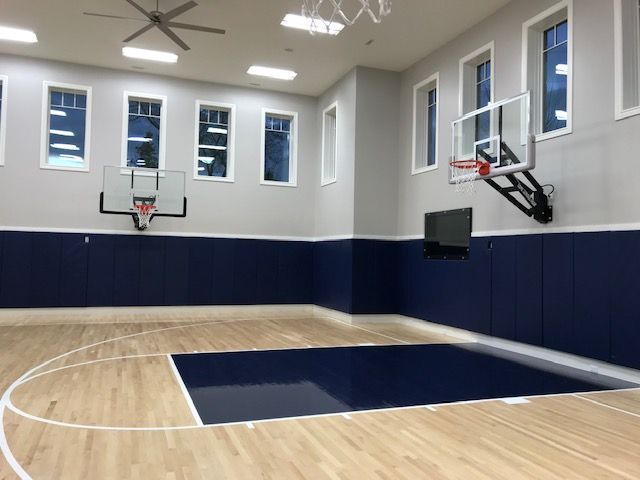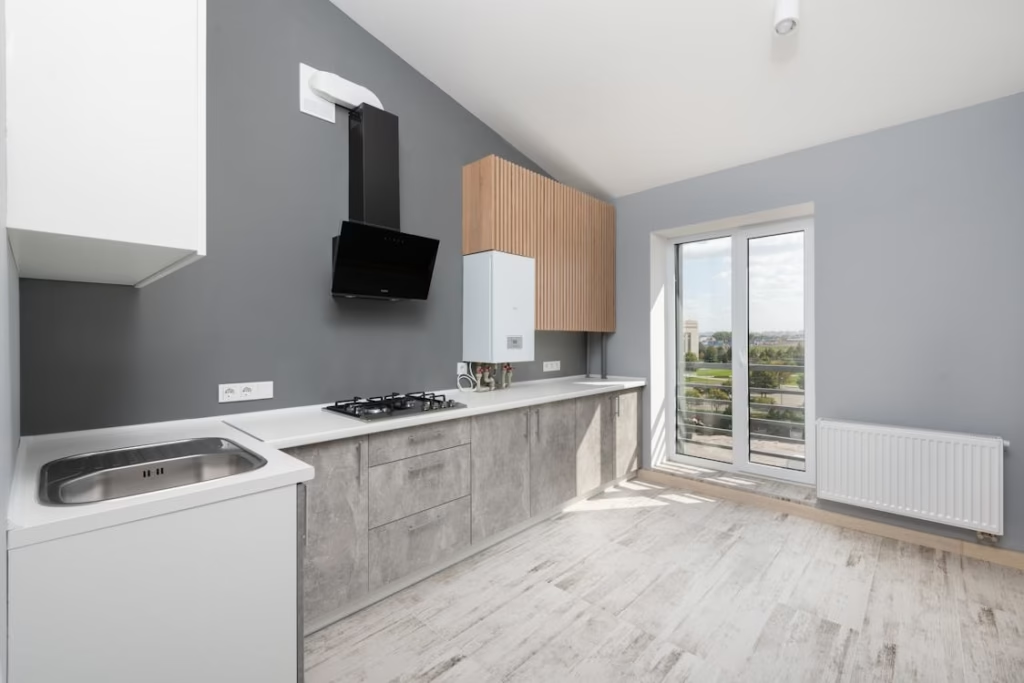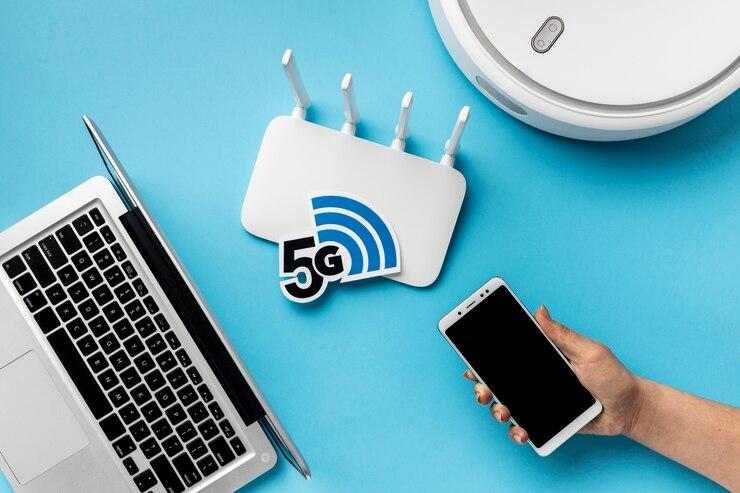Having a sports court at home is a dream for lots of people, offering the perfect blend of recreation, exercise, and convenience. Whether you’re an avid basketball player, a tennis enthusiast, or simply seeking a multi-purpose court for family fun, installing a sports court is a worthwhile investment. Keep reading to learn more.
Step 1: Assess Your Space and Needs
The first step in installing a sports court is evaluating your available space. Measure your backyard or designated area to determine what type of court you can accommodate. Full-sized basketball courts require significant space, but smaller half-court setups or custom dimensions can fit in most backyards. Consider your primary goals—are you looking to practice tennis, shoot hoops, or have a versatile multi-sport area? Identifying your needs will guide the design and surface selection process.
Step 2: Select the Right Type of Court
Choosing the right court type is critical for both functionality and enjoyment. Popular options include basketball, tennis, pickleball, and volleyball courts. For those focusing on basketball, outdoor basketball court surfaces play a crucial role in performance and safety. These surfaces are typically made from high-quality materials like concrete, asphalt, or modular tiles, providing excellent durability and grip. Specialized coatings can enhance shock absorption and reduce the risk of injuries, making them ideal for families and serious athletes alike.
Step 3: Plan the Design and Features
Once you’ve decided on the type of court, plan its design and features. Consider installing lighting for nighttime play, fencing for safety, and seating for spectators. You may also want to include court markings for multiple sports, such as combining basketball with tennis or pickleball. Customizing the court with your preferred colors, logos, or unique elements can make it truly yours.
Step 4: Work with Professionals
Installing a sports court is a complex project that requires professional expertise. Hiring an experienced contractor ensures that the court will be level, properly drained, and durable enough to withstand the elements. Research local companies that specialize in sports court installation, and check reviews or request referrals to ensure quality work. Professionals can also guide you in selecting the best materials for your climate and usage needs.
Step 5: Understand Maintenance Requirements
A well-maintained court can last for decades, but each surface type has its own maintenance requirements. For example, outdoor basketball court surfaces may need periodic cleaning, resurfacing, or sealing to prevent wear and tear. Modular tiles are easier to maintain but may require occasional replacement of damaged sections. Regularly inspect your court for cracks, stains, or debris to keep it in optimal condition.
Step 6: Consider Budget and Financing
Sports court installation can range from a few thousand dollars for basic setups to tens of thousands for premium designs with custom features. Obtain multiple quotes from contractors and ensure the costs include materials, labor, and any additional features. Financing options or phased installation might make the investment more manageable.
Step 7: Enjoy Your New Court
Once your court is complete, it’s time to enjoy it! Whether you’re honing your skills, hosting neighborhood tournaments, or encouraging your kids to stay active, a home sports court is a source of endless fun and fitness.






